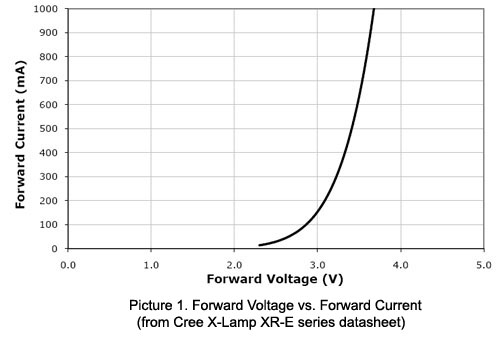Quote:
Originally Posted by Ecky

The downside being that it increases parasitic draw a lot? I imagine there isn't a good way to actively or passively balance the caps without increasing drain.
|
Define a lot. My linked spreadsheet had a cap leakage chart showing an average drop of 0.09v over 9 days from an initial 2.22v charge. To be honest, I can't remember if I had the LED balancers on or not, so much of that could be attributable to that, but that's only 4%.
I'd be happy to run the test again with a single cap and chart the drop.
As I said, caps near the rated voltage will leak much more rapidly than those a few tenths of a volt below the peak rated voltage. This tends to self balance them.
By the way, LED balancing barely increases parasitic drain. They too rapidly reduce power draw as the voltage drops below their rated maximum. They will be dimly glowing months later, with cap voltages around 2v each (12v total).
